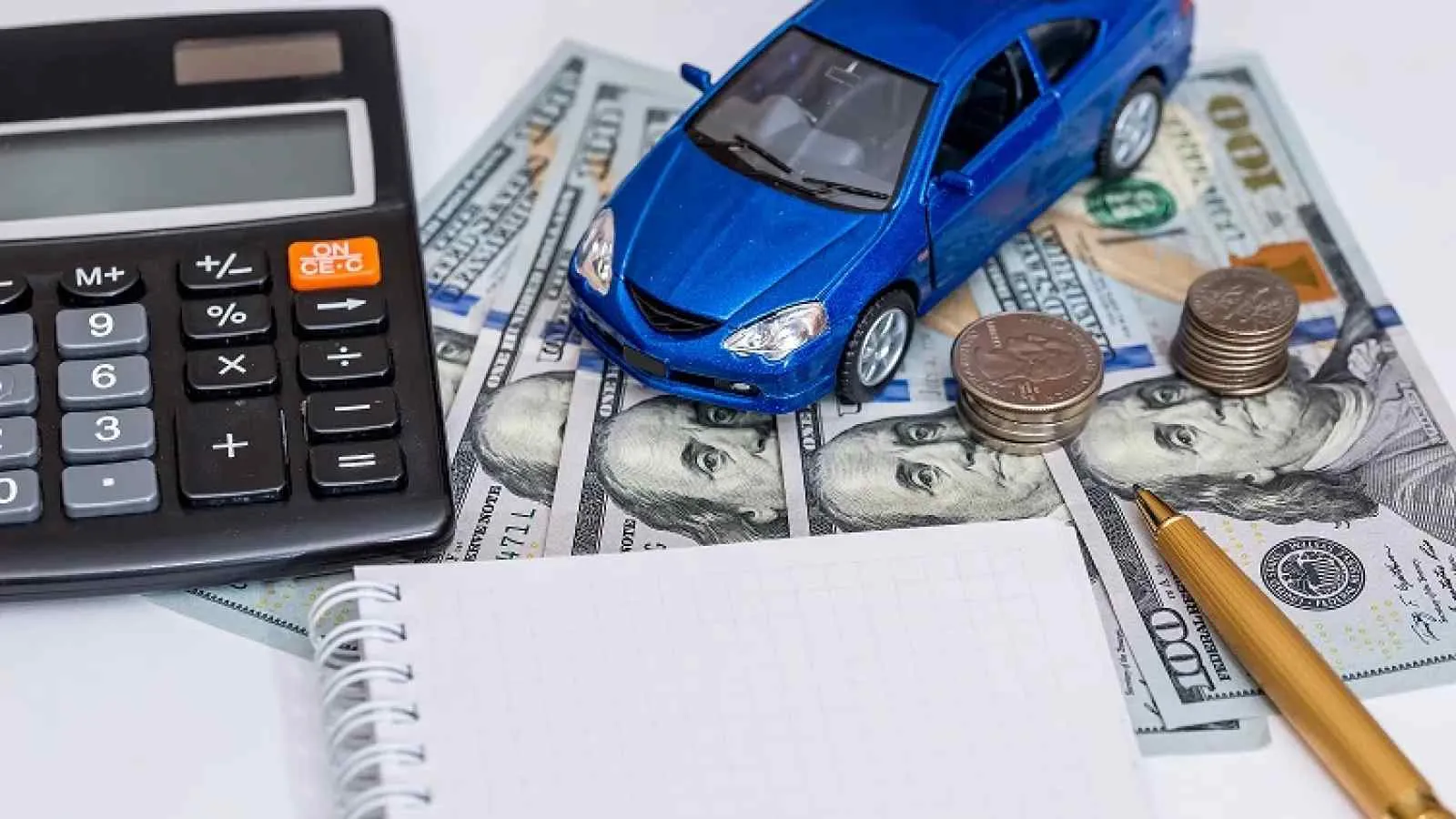Buying a new car for the first time can be a veritable wave of unfamiliar terms and documents you feel you don't have enough time to read through and understand. When you set out to finance a vehicle through your bank or credit union, you might hear some of these unfamiliar terms. However, it's very important that you understand what all these terms are and what they mean when going into an auto loan situation. Here are just a few of the most common auto finance terms.
Debt to Income Ratio
Your debt to income ratio is one of the biggest determining factors of what price point you're qualified to look at when shopping for new cars, and it may even bar you from getting approved for a loan at all. Your debt to income ratio refers to the percentage of your income being used for debt. Different lenders will have different thresholds for this amount, but lenders typically like to see a borrower's DTI at 36% or less.
Gap Insurance
When you're talking to your financial institution about lending, they may bring up whether or not you want to build gap insurance into your loan. The way this works is if your car is totaled or is stolen, gap insurance will supplement the balance or "gap" between what insurance will pay for the car and the amount you have left on the loan. So, if you get in an accident and your car is totaled, your insurance company might only give you $8,000, even if you still owe $10,000 on your vehicle. Gap insurance swoops in and pays the remaining $2,000 deficiency.

Grace Period
The grace period on your auto loan refers to the period of time, usually 7-10 days, between when your monthly car payment is due and when you will be assessed a late fee. Your financial institution will not count your payment as being missed until it is past 30 days late, so you can expect to pay a late fee between 10 and 30 days but not during the grace period.
Principal and Interest
Your monthly auto loan payment consists of principal and interest. The principal payment is the amount that goes to pay down the balance of your loan. The interest is the amount of money that represents how much you're paying to have the loan in the first place. Your interest rate will be higher the riskier your situation is to the lender. If you have poor credit, or little credit history, the risk of loaning to you is higher and you will likely pay a higher interest rate.
Upside Down
Being upside down on an auto loan is not something that you want to experience. This means that the balance of your loan exceeds the value of the vehicle. In some instances, you can find a lender who will help you refinance the vehicle to try to close the gap a little bit, but the best thing to do is make extra payments on the vehicle until you are back in the clear again.
Choosing to buy and finance a car is a big step in your life. With such a major purchase, it's very important that you know what you're getting yourself into. You can get a head start on your auto finance education by familiarizing yourself with the terms outlined above.
